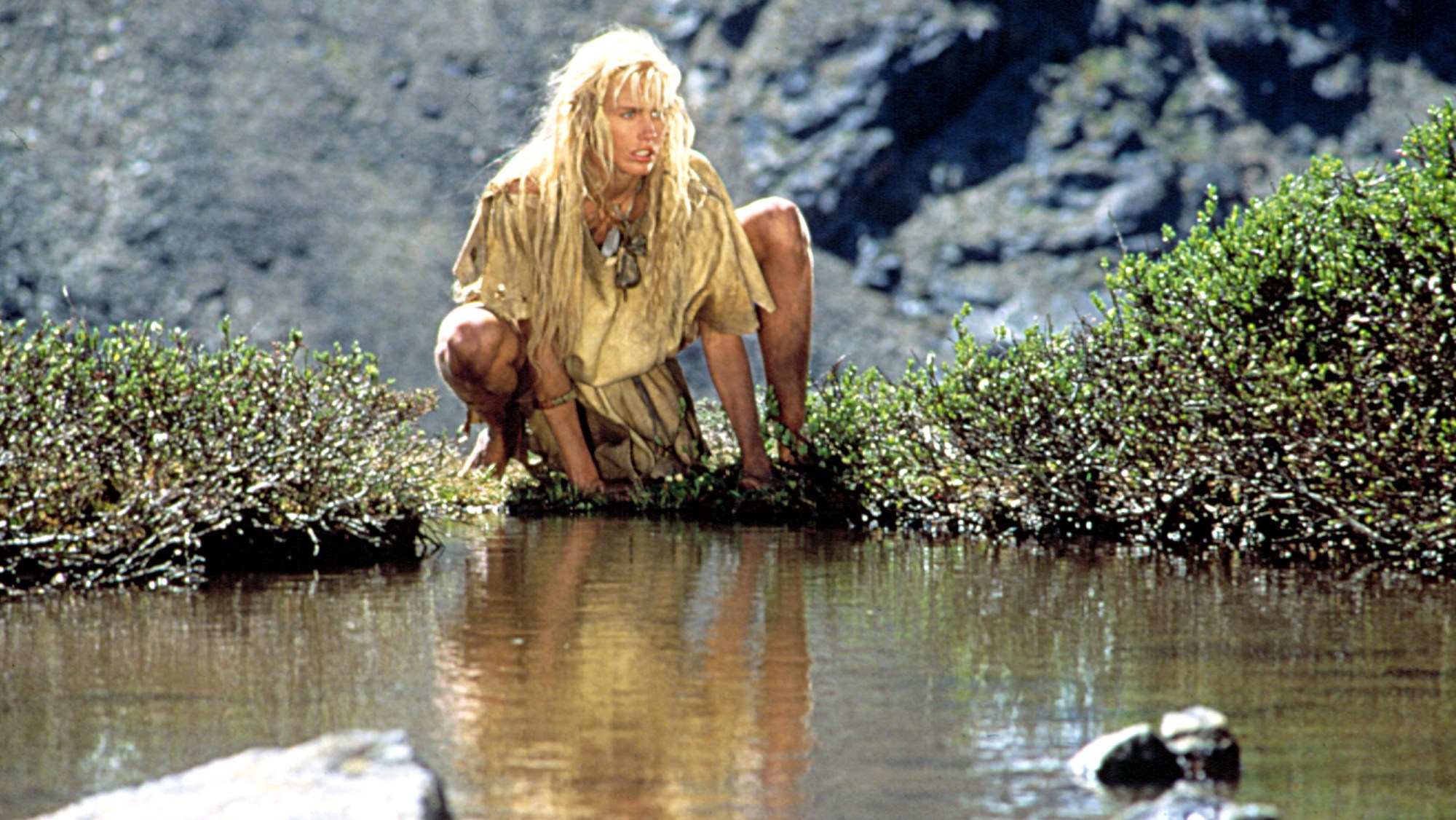World
How ‘Clan of the Cave Bear’ Transformed Into a Feature Film

The film adaptation of Jean M. Auel’s novel, The Clan of the Cave Bear, emerged as a major project during the American Film Market in the 1980s, largely due to the efforts of Mark Damon and his Producers Sales Organization. Initially, producers Gerald Isenberg and Stan Rogow sought to develop the story into a television movie but faced challenges in securing interest from networks like NBC. With the intervention of PSO, financing for the project was obtained, ultimately leading to a production budget of $16 million and filming in the picturesque landscapes of British Columbia.
Challenges and Innovations in Production
The narrative of The Clan of the Cave Bear follows a Cro-Magnon girl named Ayla, who is adopted by a Neanderthal family. This prehistoric adventure required innovative storytelling techniques, as the film aimed to capture the essence of life in prehistoric times. Daryl Hannah, known for her role in Splash, was cast as Ayla. In a prerelease interview, she recounted the demanding conditions of the shoot, stating, “Logistically, it was difficult. There were helicopters, you had to hike, live in a tent. There was no warm water to shower in.”
Hannah emphasized that the challenge lay not only in the physical demands but also in adapting Auel’s complex narrative into a screenplay. The film featured the cast communicating through guttural sounds, supported by subtitles, which added a unique layer to the viewing experience.
With acclaimed cinematographer Michael Chapman at the helm as director, the film was released in 1986 by Warner Bros.. Despite its visually striking scenes, the film did not resonate with critics, who felt the dramatic elements fell short. The film garnered an Oscar nomination for its makeup, yet, grossing less than $2 million in the U.S., plans for a trilogy were ultimately abandoned.
Legacy and Impact
The difficulties faced during the production of The Clan of the Cave Bear reflect the complexities of translating literature into film, particularly when the source material is rich in detail and nuances. While the film’s commercial performance did not meet expectations, it remains a noteworthy attempt at depicting prehistoric life on screen.
In retrospect, the collaboration between Damon, Isenberg, Rogow, and Hannah illustrates the challenges and possibilities in film adaptation, especially in a period when such endeavors were less common. The legacy of The Clan of the Cave Bear continues to spark interest in adaptations of literary works, serving as an example of both the struggles and triumphs inherent in the filmmaking process.
-

 Top Stories4 weeks ago
Top Stories4 weeks agoNew ‘Star Trek: Voyager’ Game Demo Released, Players Test Limits
-

 World4 weeks ago
World4 weeks agoGlobal Air Forces Ranked by Annual Defense Budgets in 2025
-

 World1 month ago
World1 month agoMass Production of F-35 Fighter Jet Drives Down Costs
-

 World1 month ago
World1 month agoElectrification Challenges Demand Advanced Multiphysics Modeling
-

 Science1 month ago
Science1 month agoTime Crystals Revolutionize Quantum Computing Potential
-

 Business1 month ago
Business1 month agoGold Investment Surge: Top Mutual Funds and ETF Alternatives
-

 Top Stories1 month ago
Top Stories1 month agoDirecTV to Launch AI-Driven Ads with User Likenesses in 2026
-

 Entertainment4 weeks ago
Entertainment4 weeks agoFreeport Art Gallery Transforms Waste into Creative Masterpieces
-

 Lifestyle4 weeks ago
Lifestyle4 weeks agoDiscover Reese Witherspoon’s Chic Dining Room Style for Under $25
-

 Health4 weeks ago
Health4 weeks agoGavin Newsom Critiques Trump’s Health and National Guard Plans
-

 Business4 weeks ago
Business4 weeks agoUS Government Denies Coal Lease Bid, Impacting Industry Revival Efforts
-

 Lifestyle4 weeks ago
Lifestyle4 weeks agoLia Thomas Honored with ‘Voice of Inspiration’ Award at Dodgers Event









